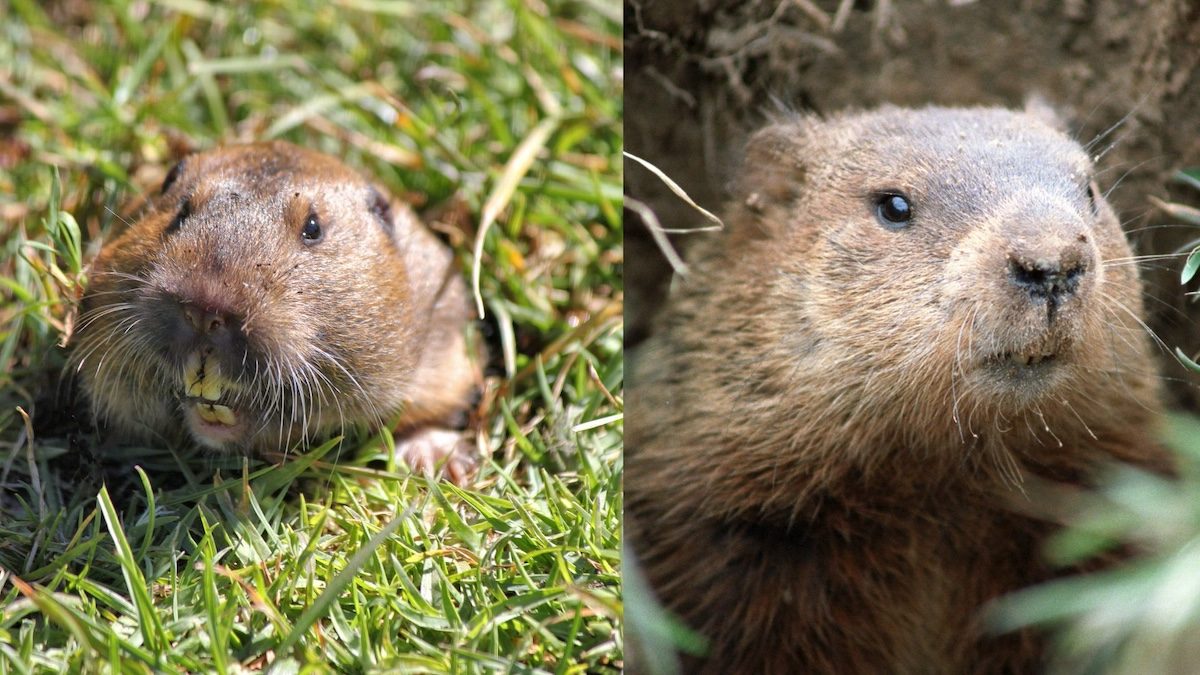

We may earn revenue from the products available on this page and participate in affiliate programs. Learn More ›
You might be wondering what kind of animal is digging holes in your yard, or perhaps you even caught a glimpse of the animal but aren’t sure whether it’s a gopher or a groundhog. This is understandable, since these two species are often confused with one another.
There are distinct differences between the two animals. Understanding gopher vs. groundhog differences can help you properly identify the creature in your yard. Then, if you choose, you can devise a humane plan to get rid of the groundhog or gopher on your property.
What is a gopher?
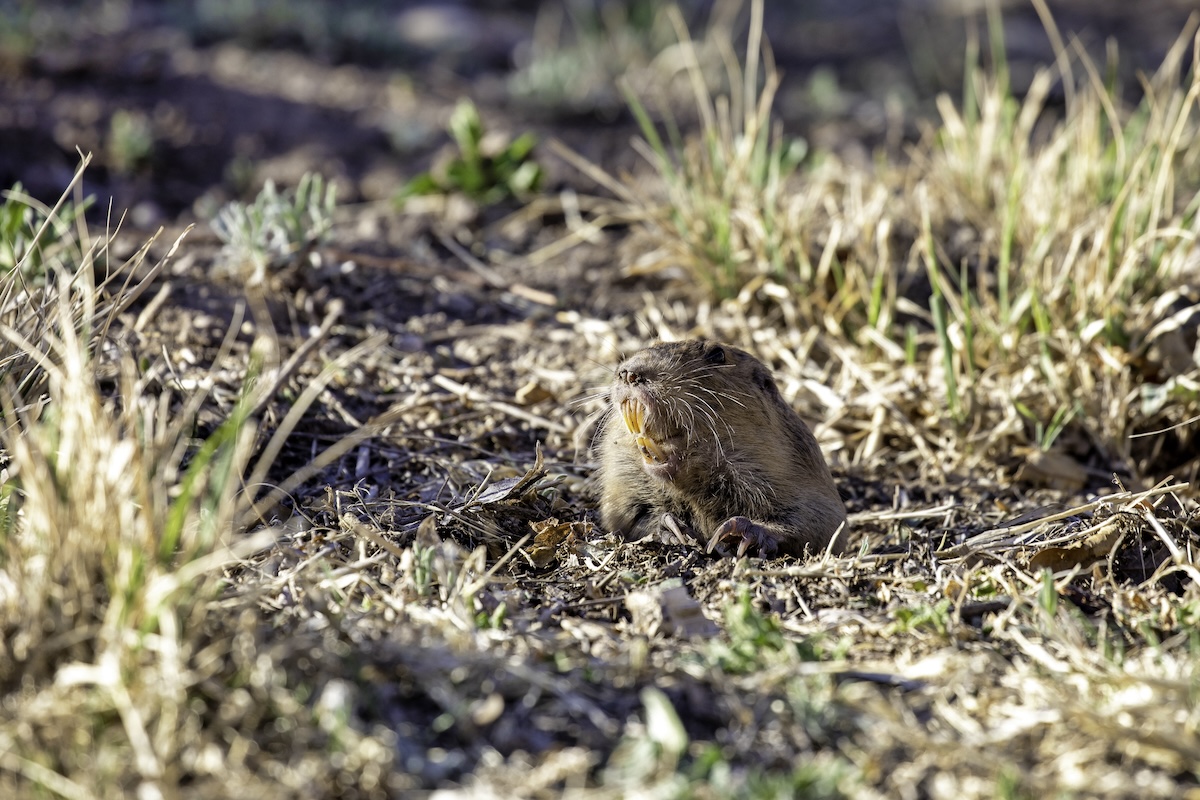
Gophers are chubby, digging rodents that belong to the family Geomyidae; many are in the genus Geomys or the genus Thomomys. There about 41 species endemic to North and Central America. In the United States, gophers, most often called pocket gophers, are found in the central plains from Canada south to Texas and Louisiana, and in the Southwest. Pocket gophers are so named because they have fur-lined pouches or “pockets” in their cheeks in which the herbivores transport food.
- Length: 5 to 14 inches
- Weight: 1 to 2 pounds
- Coloring: Black, brown, tan, gray
- Habitat: Open areas with deep, sandy soil
- Diet: Herbivorous
What is a groundhog?
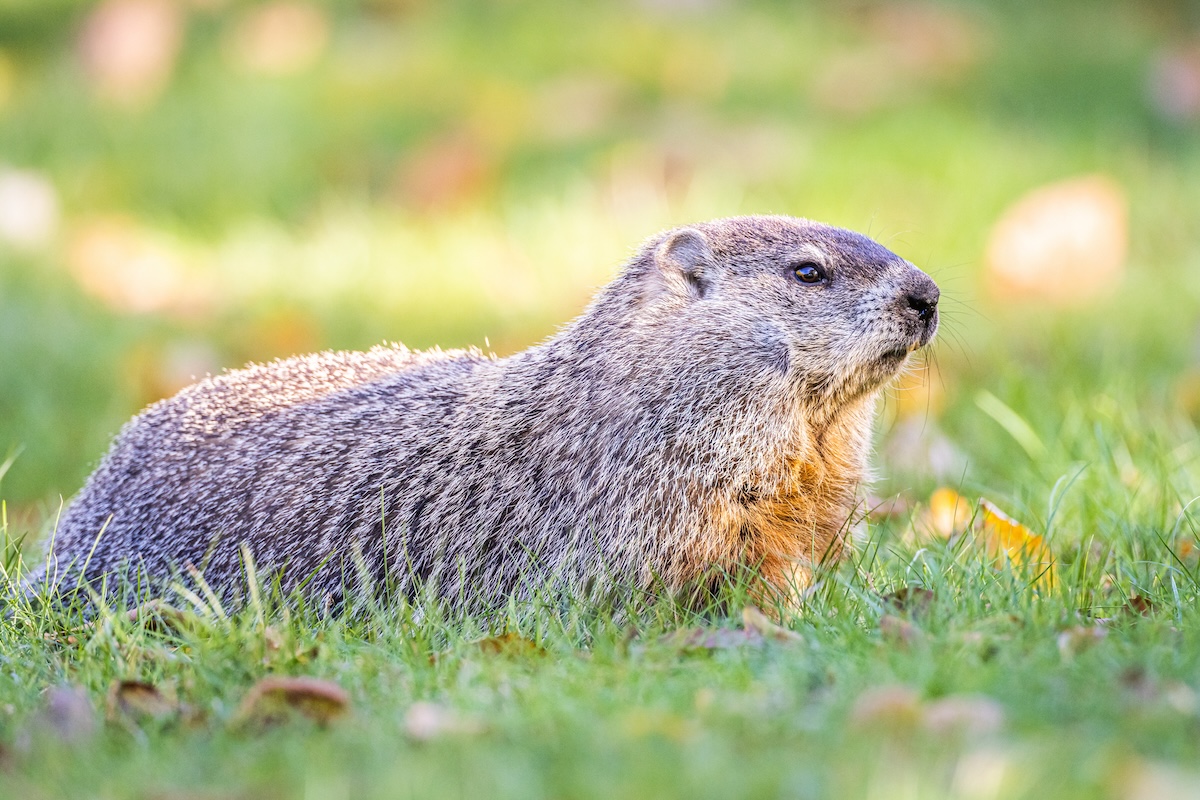
The groundhog, Marmota monax, is a stout rodent related to squirrels and marmots. It has short ears and a short tail. Its front feet have long, curved claws that are good for digging the complex burrow systems it inhabits. Native to North America, groundhogs are found throughout lowland regions of the Eastern U.S., across much of Canada, and in Alaska.
- Length: 16 to 20 inches
- Weight: 4 to 13 pounds
- Coloring: Gray-brown with a slight reddish tinge
- Habitat: Open clearings; edge of woodlands
- Diet: Omnivorous, mostly vegetative
Groundhog vs. Woodchuck
“Woodchuck” is simply a nickname for the groundhog; there is no separate species of animal called woodchuck. The alternate name is thought to have derived from the languages of North American indigenous peoples. So if you’re wondering “What does a woodchuck look like?”—it looks just like a groundhog.
The groundhog is also sometimes called a “whistle pig” after the high-pitched call it sends out.
Differences Between Gophers and Groundhogs
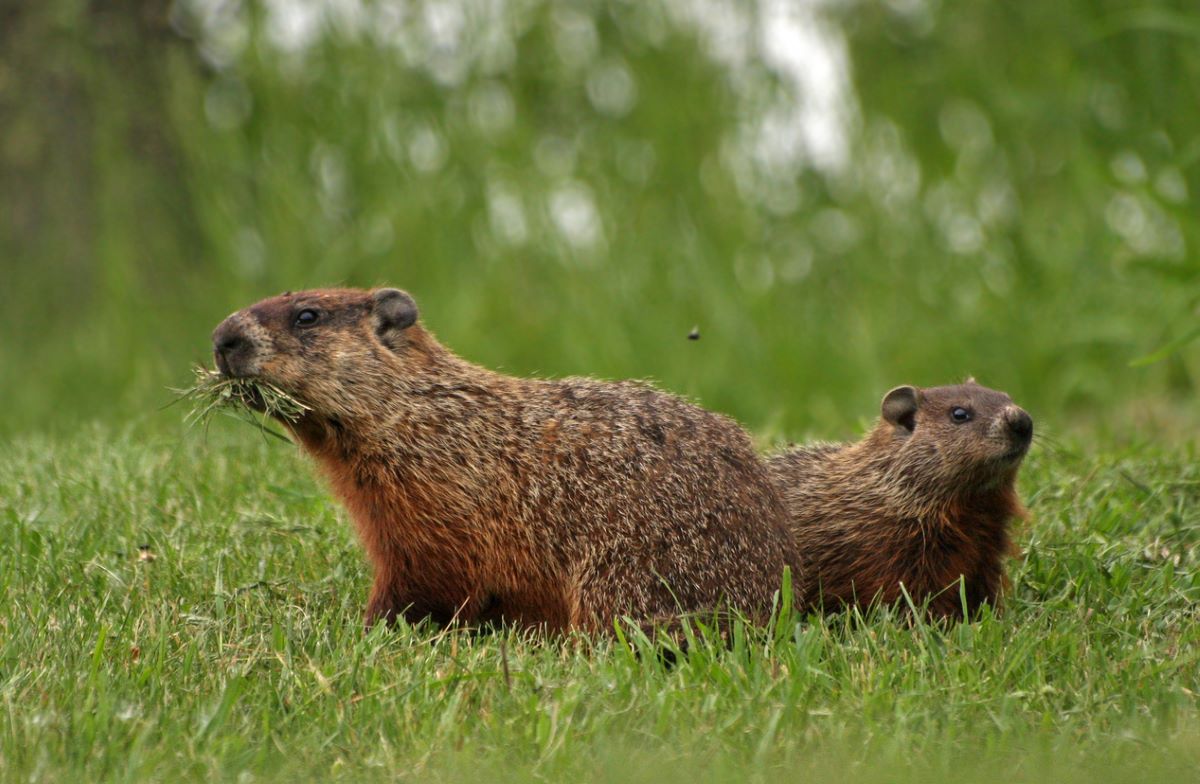
Although there are plenty of gopher vs. groundhog differences in appearance and habits, one similarity is that both animals can be aggressive if threatened. Gophers are more testy than groundhogs, but both will lash out if cornered. If you need to be rid of them, it’s best to call in the pros.
1. Groundhogs and gophers are in different animal families.
The first key difference between a gopher and a groundhog relates to their species. Groundhogs belong to the Sciuridae family, rodents that include chipmunks (another pest), prairie dogs, and squirrels. Gophers, on the other hand, are members of the Geomyidae family. Pocket mice, kangaroo mice, and kangaroo rats are a few members of this family of burrowing rodents.
2. They’re sized differently.
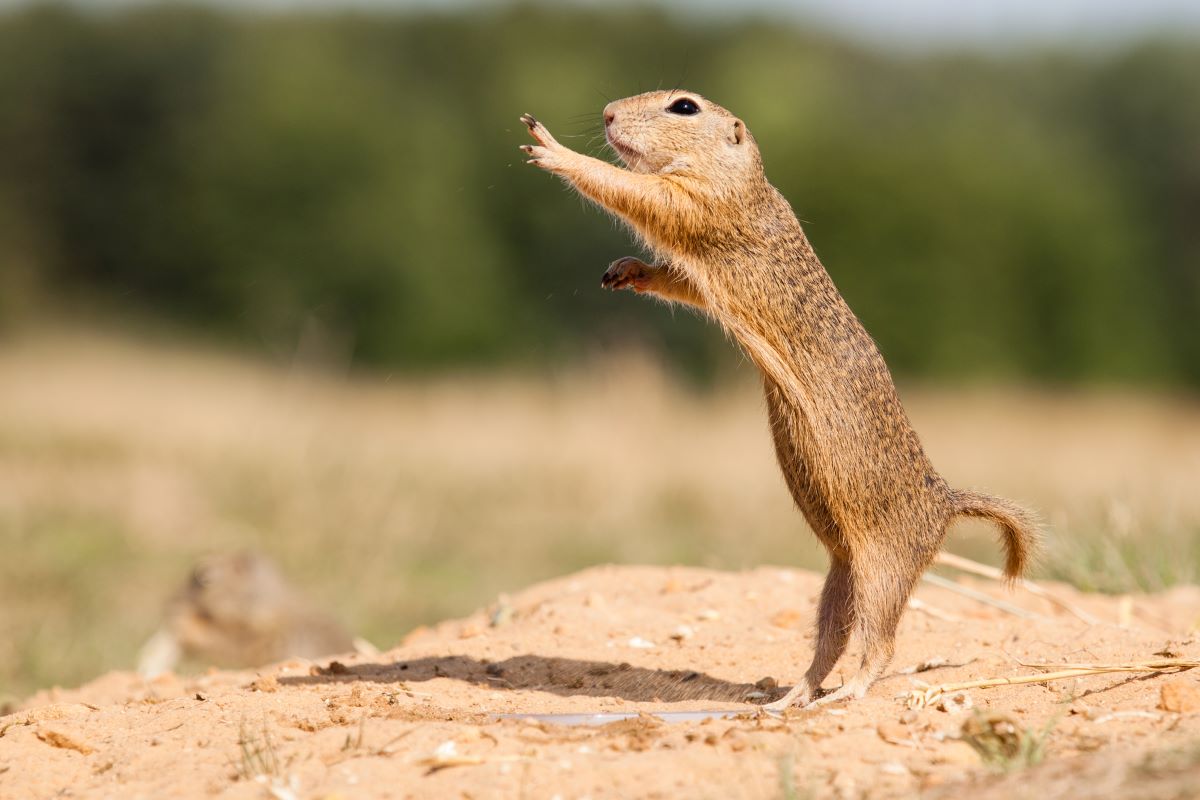
When you’re trying to differentiate between a gopher (pictured above) and a groundhog, one of the easiest ways is to look at the size of the animal. “Size is probably the easiest way to distinguish between the two,” says Aaron Carlson, District Manager for Trutech Wildlife Service in Southwest Florida. “Groundhogs can be the size of a small dog, where gophers are more similar in size to a rat.”
3. They can be distinguished by their tails and feet.
Groundhogs have thick, furry tails that are quite bushy, whereas the tail of a gopher is thin and often hairless, much like the tail of a rat. A groundhog’s feet are dark brown or black—similar to the color of their fur. Gophers’ feet, on the other hand, are smaller, thinner, and pink.
4. Gophers have large, protruding teeth.
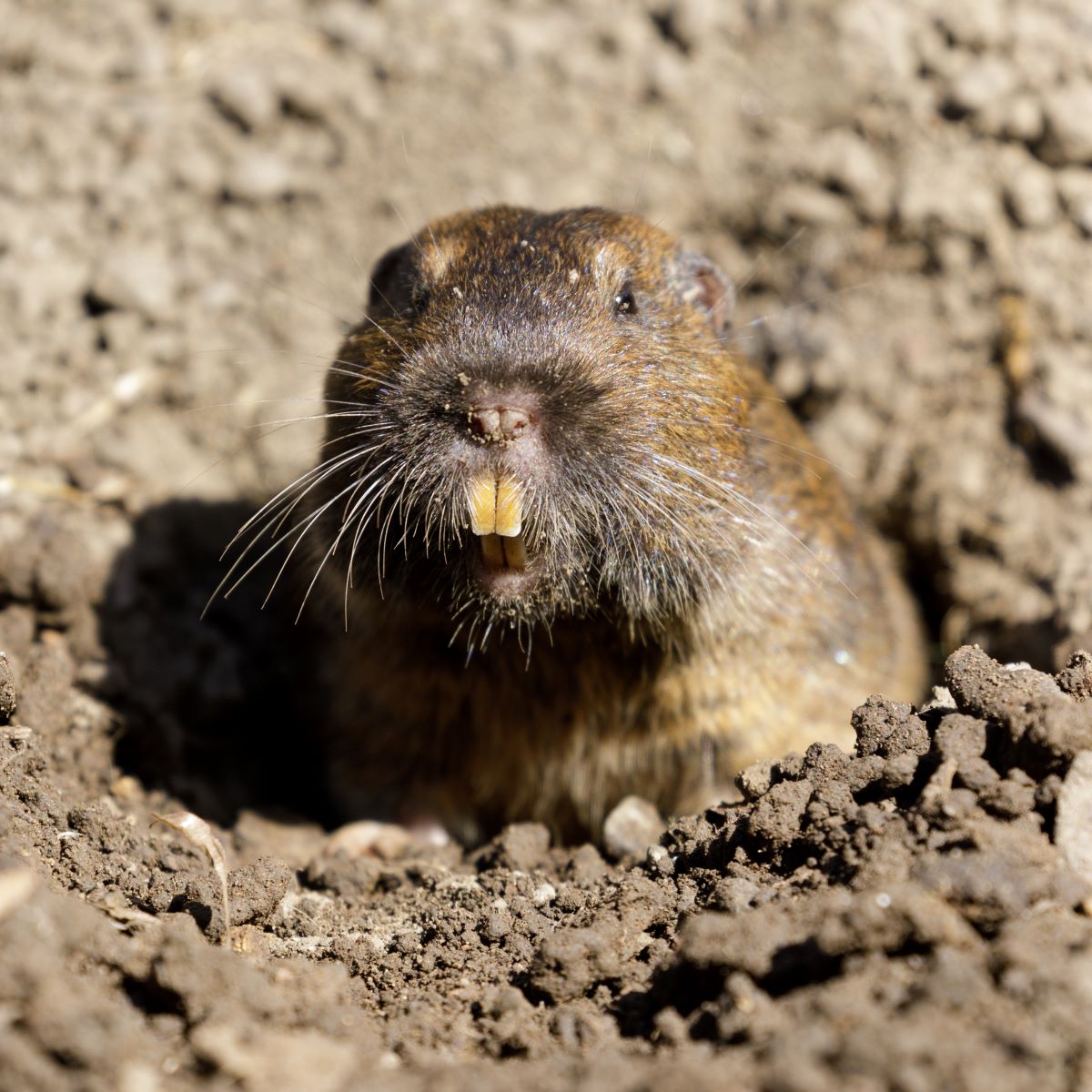
Another key difference between gophers and groundhogs has to do with their teeth. A gopher’s teeth (pictured above) are larger and protrude from their mouth, whether the mouth is opened or closed. The teeth often appear yellow or light brown in color, rather than white. The teeth of a groundhog, meanwhile, remain hidden in the mouth when closed. If you’re able to catch a glance of a groundhog’s teeth, they’ll be much whiter than those of a gopher.
Despite their differences, both gophers and groundhogs have rodent teeth. This means their incisors, or front teeth, continue to grow throughout their life. Both animals must gnaw on things to wear down their teeth and prevent them from growing too long.
5. One lives above ground; one lives below.
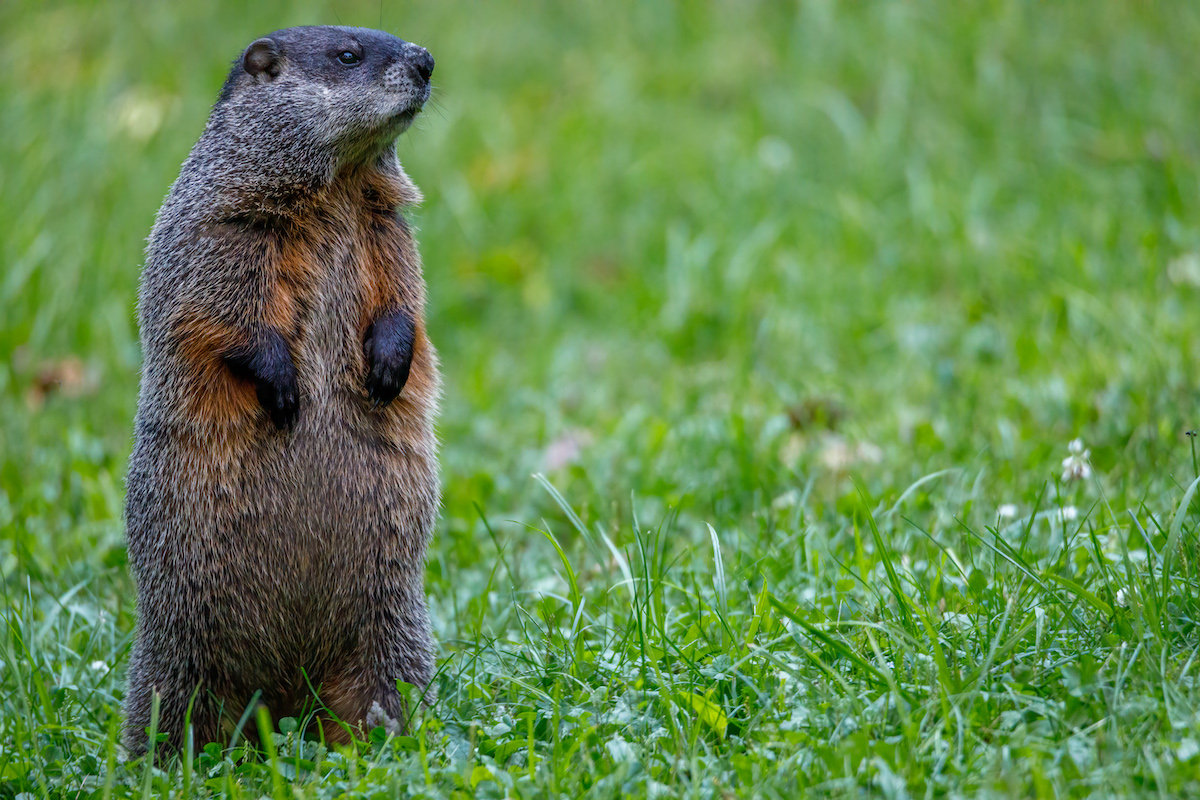
Another important gopher vs. groundhog difference relates to where each animal can normally be found. Groundhogs (photo, above) spend most of their life above the ground, though they dig small tunnels or dens for sleeping or taking shelter from the elements. Both animals “burrow, but gophers tend to have a more complex tunnel system,” says Carlson, who has more than a decade of rodent and pest control experience.
Gophers’ complex tunnels disturb the ground, leaving many homeowners wondering how to get rid of gophers, but groundhogs are not absolved of all guilt. “The pocket gophers may disrupt the yard more with their extensive tunnel system, but both can destroy garden fruits/vegetables, shrubbery, and other vegetation,” says Carlson.
There is some overlap in gopher and groundhog habitats, though they do not live in all of the same places. Furthermore, “Groundhogs can live in a family unit but aren’t colony animals,” as gophers are, Carlson says.
6. They reproduce at different rates.
Groundhog mating season occurs in the spring. Following hibernation, male groundhogs will search for the burrow of a female groundhog. Following a gestation period of about 32 days, a female groundhog gives birth to a litter of two to 10 pups. Baby groundhogs are hairless and blind. They reach maturity after about 3 months, at which time they will set off on their own. The average groundhog lifespan is between 3 and 6 years.
Gophers are much more prolific and may have up to three litters each year, if there is sufficient water in the area. Otherwise, they will have just one litter per year. They have a gestation period of about 3 weeks and give birth to a litter of three to six pups. The pups receive care from their mother for 3 to 8 weeks, then they dig their own burrows. The lifespan of a gopher is about 3 to nearly 5 years.
